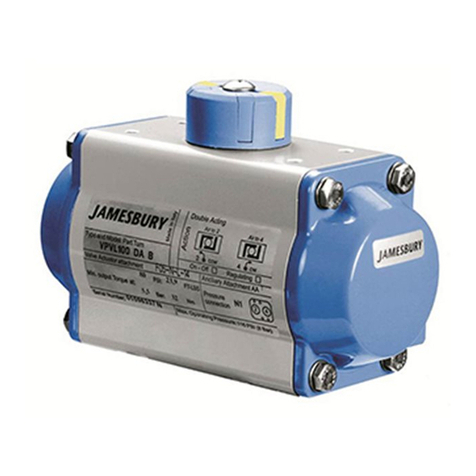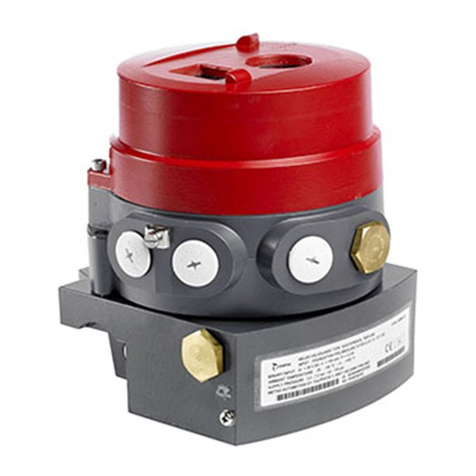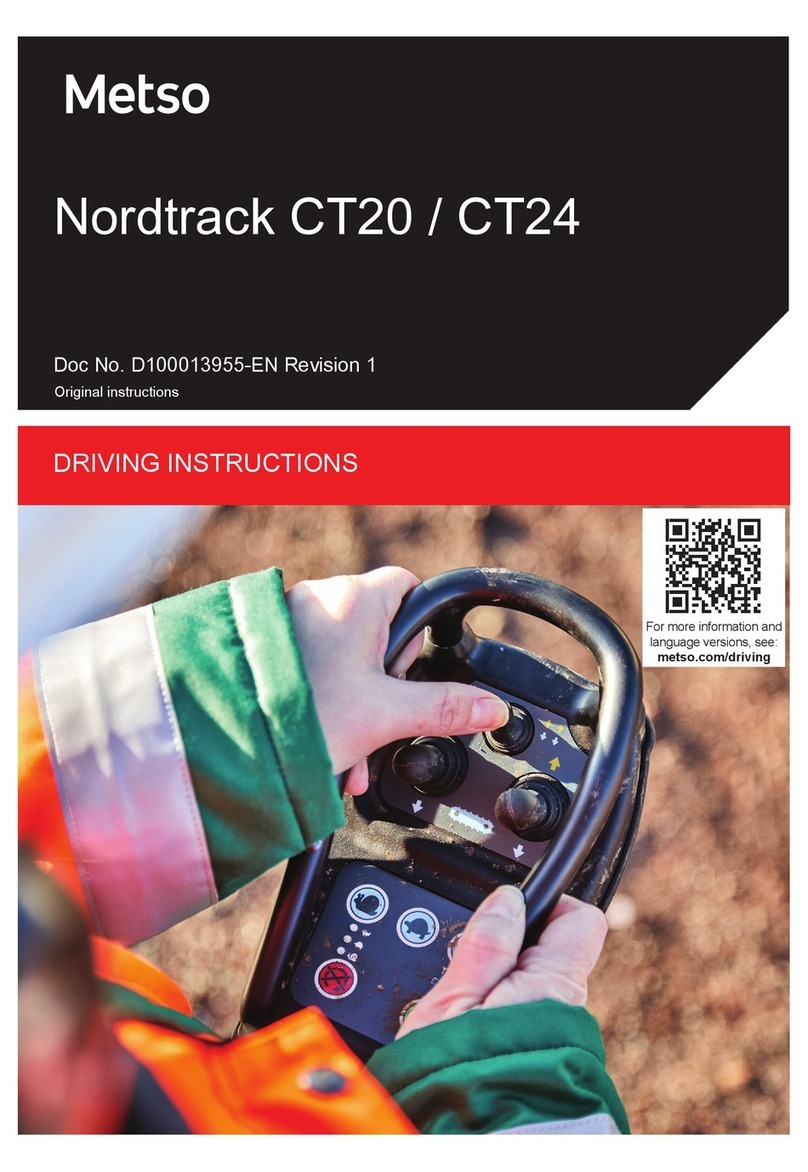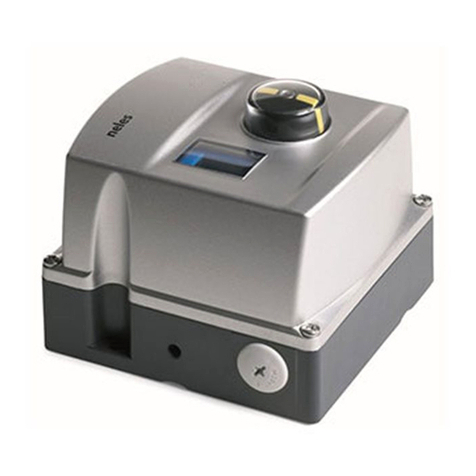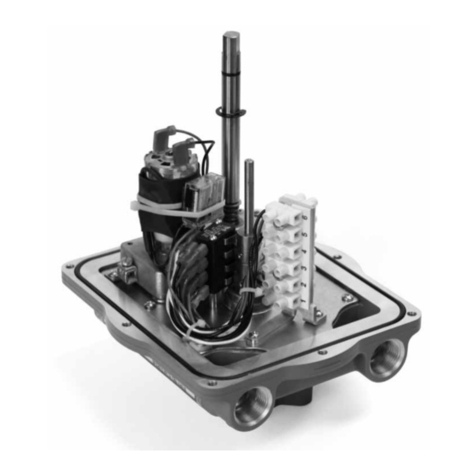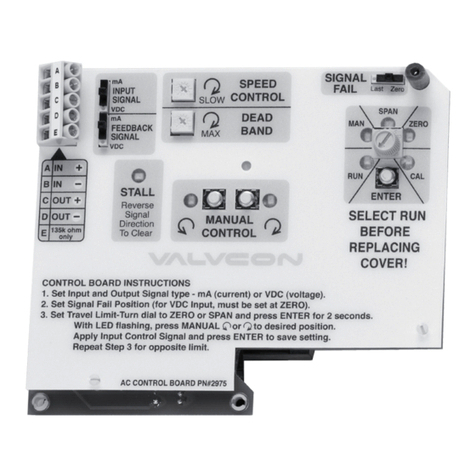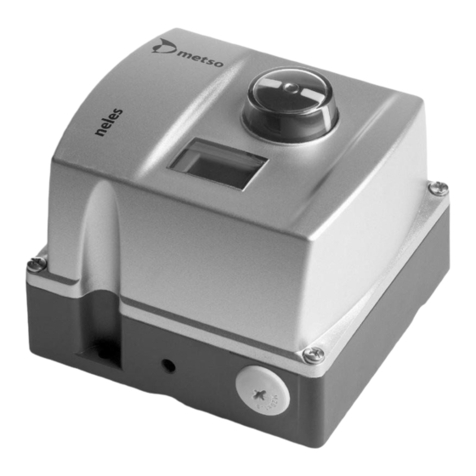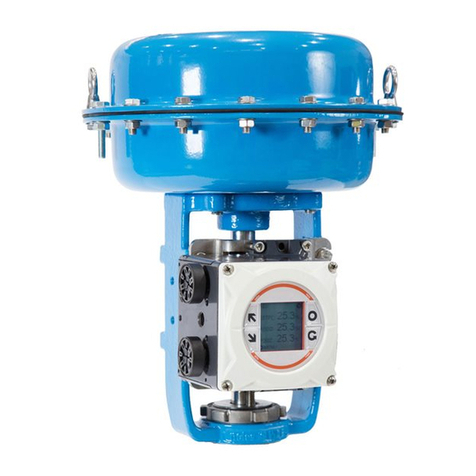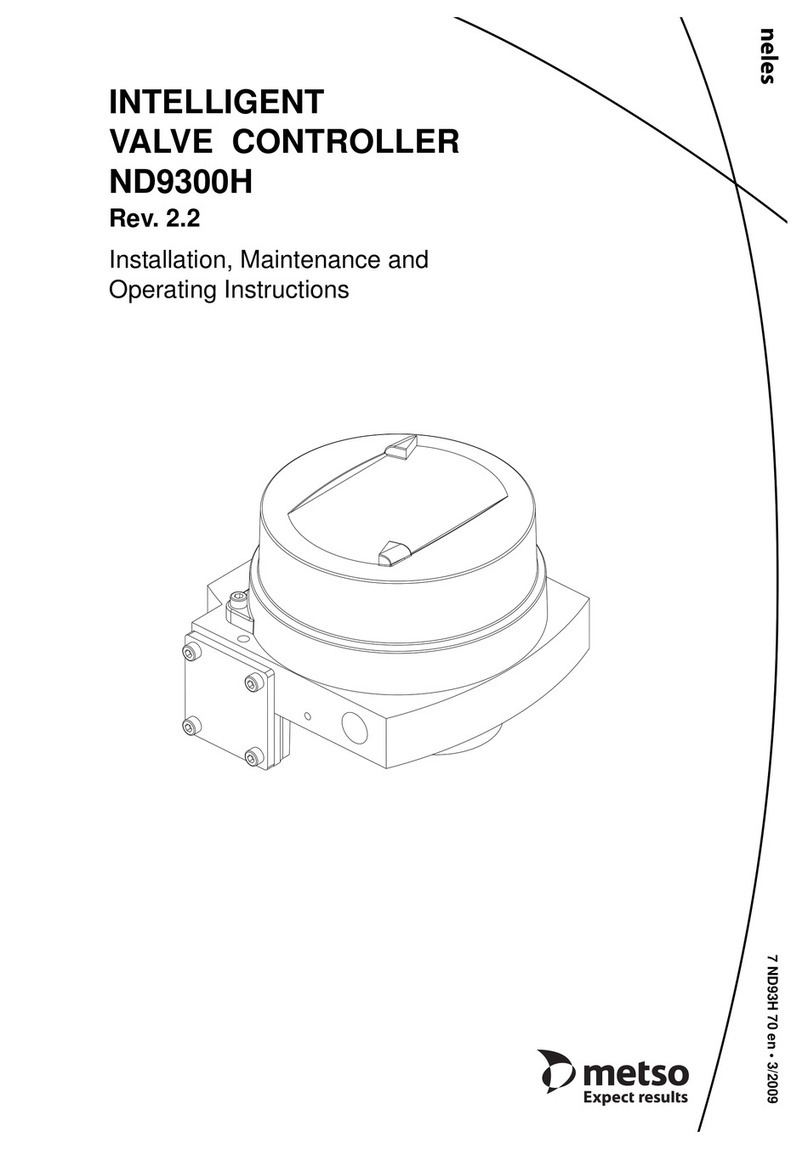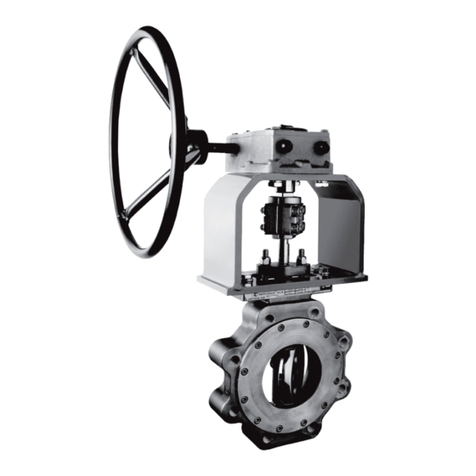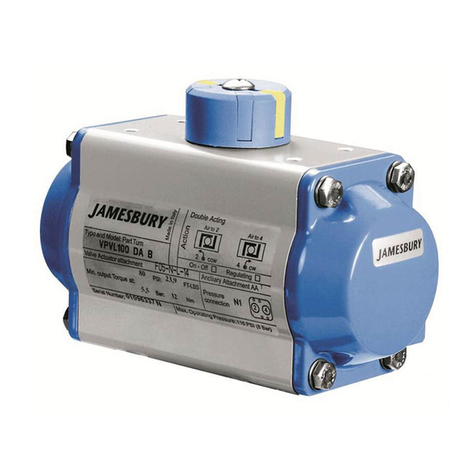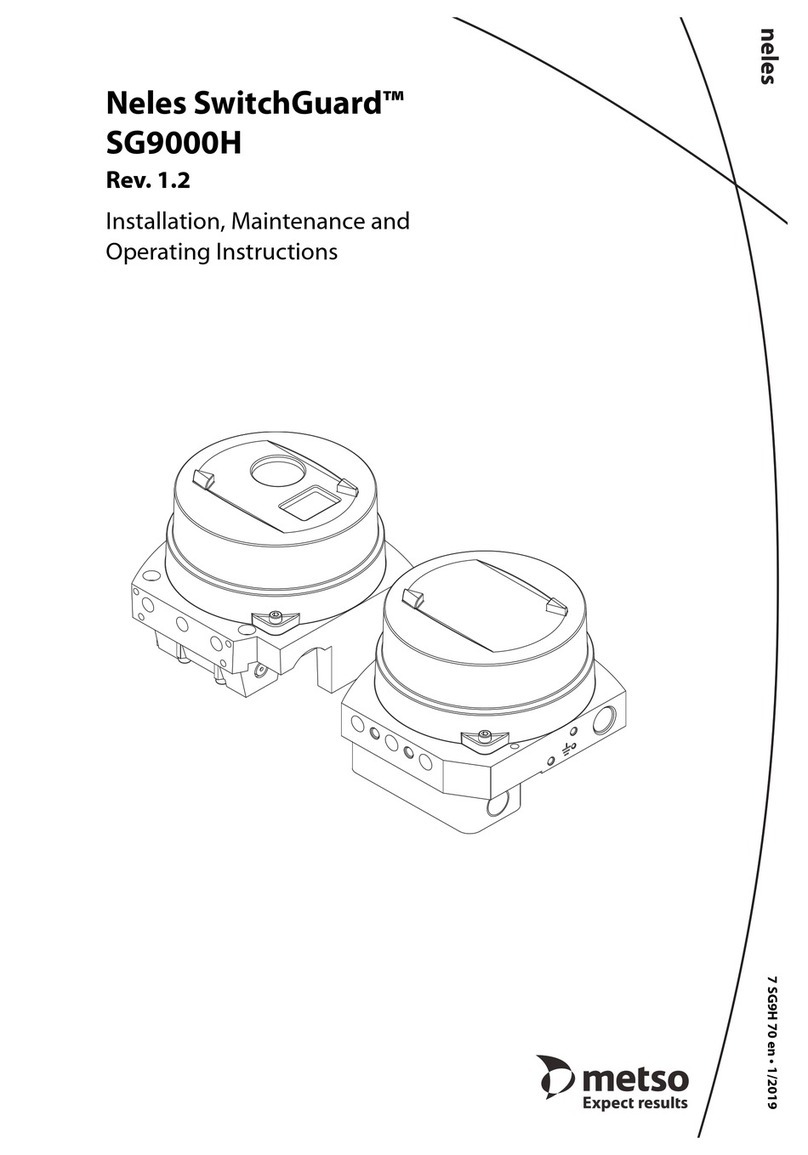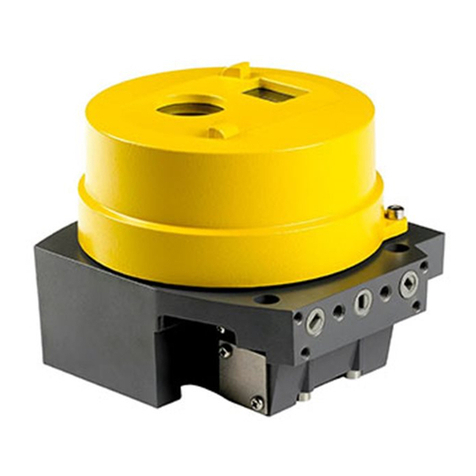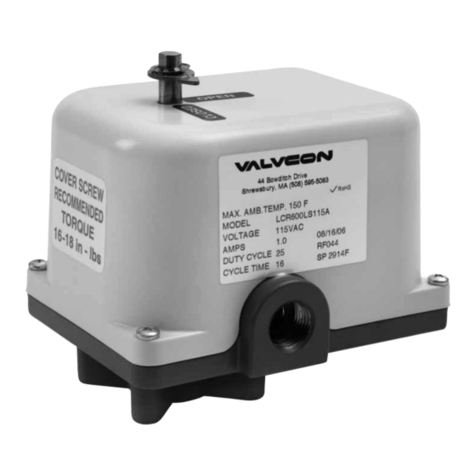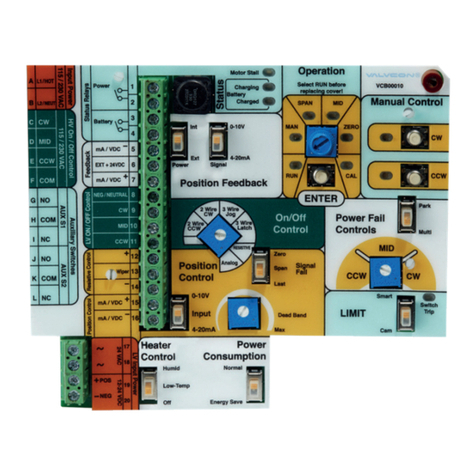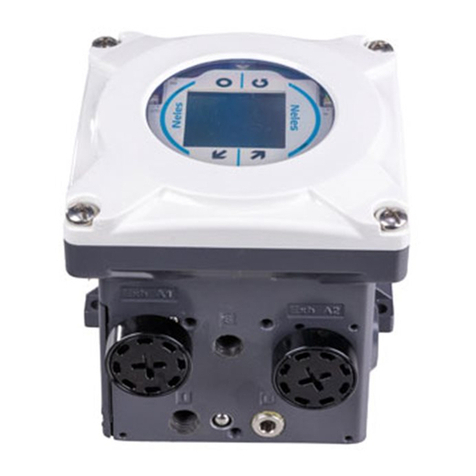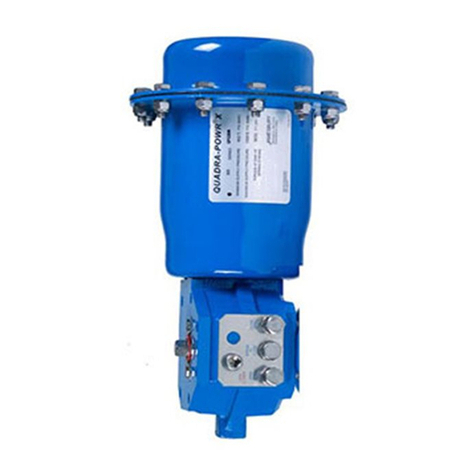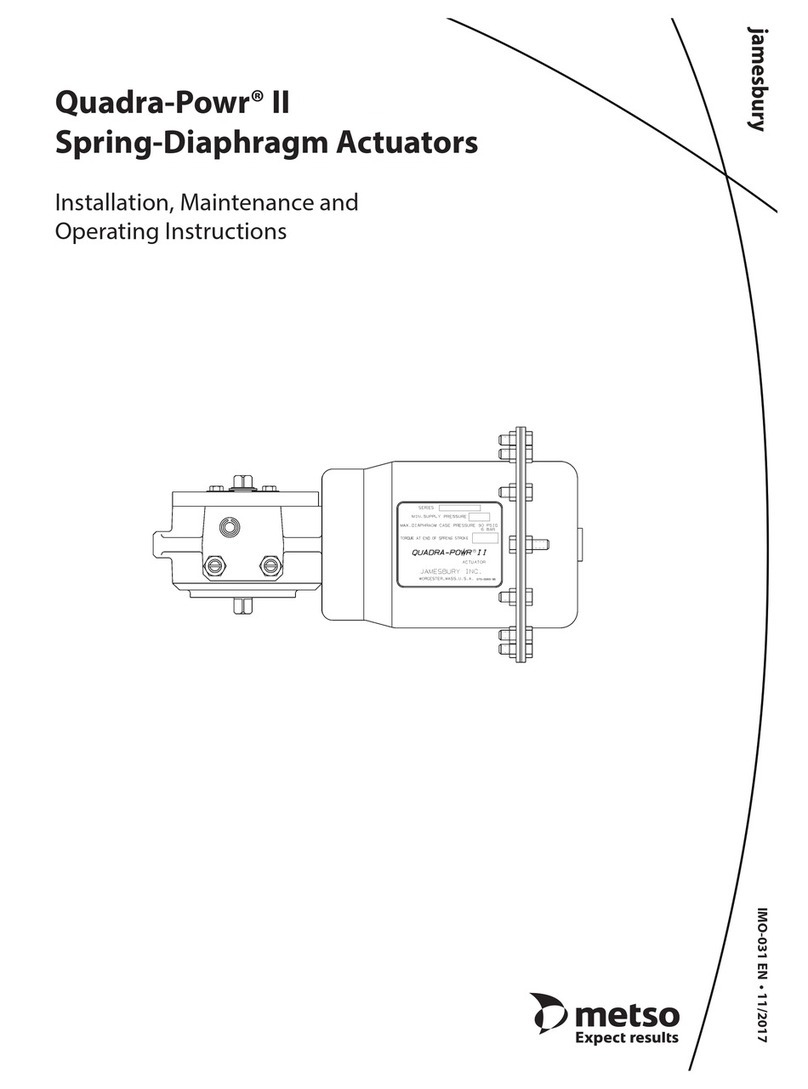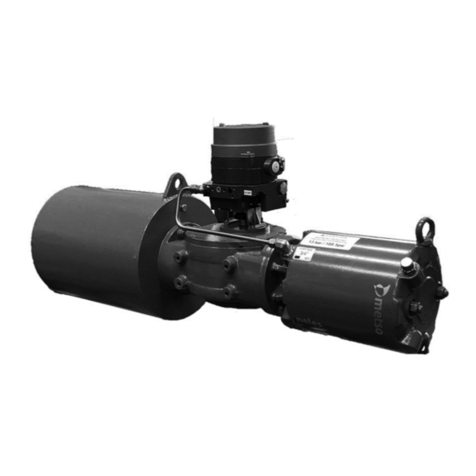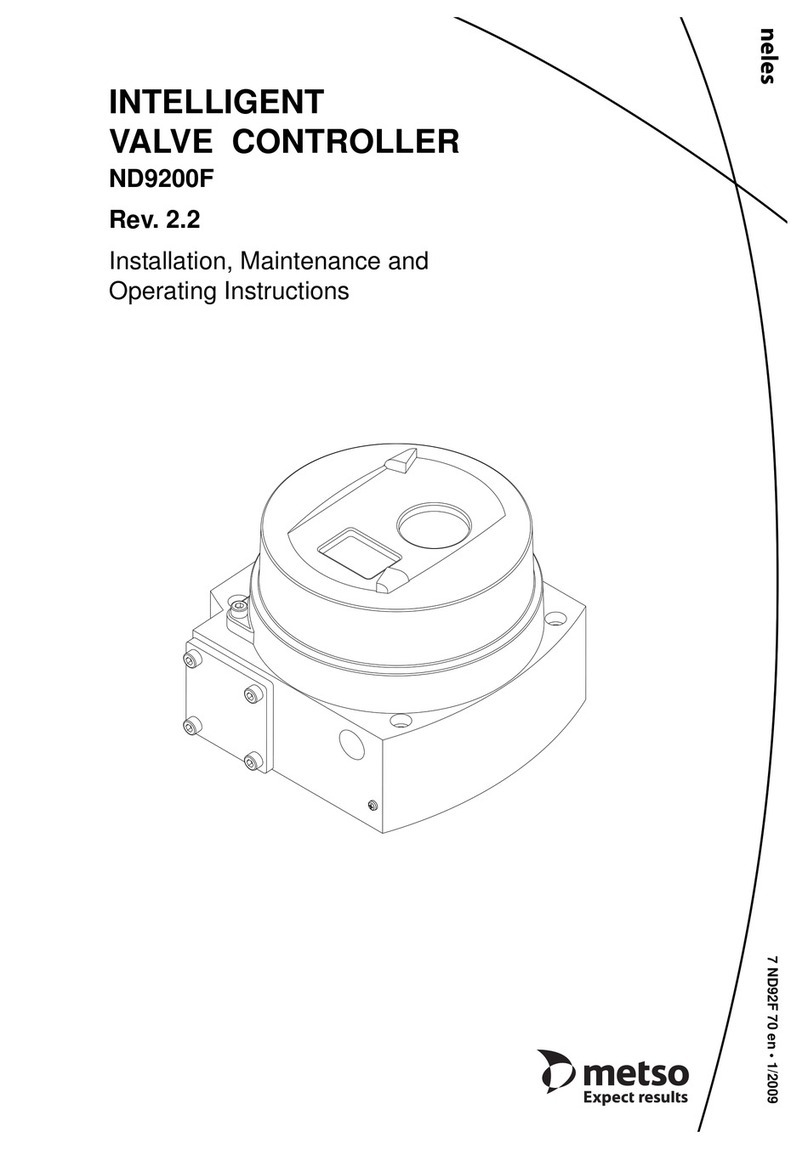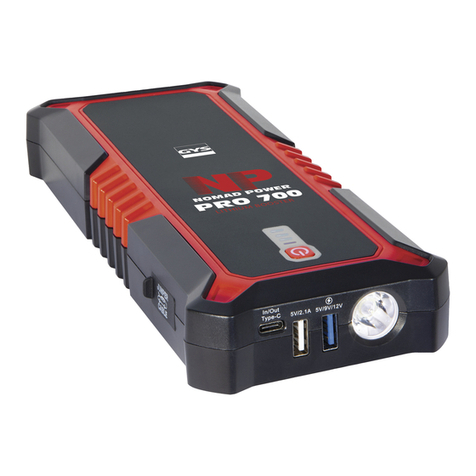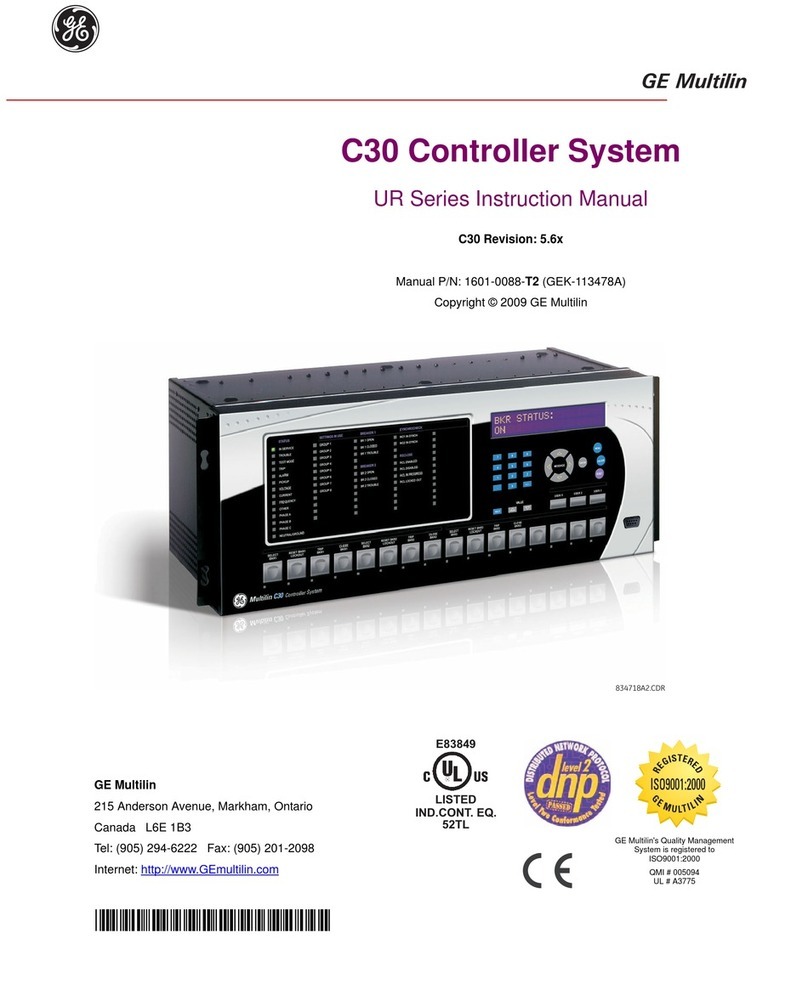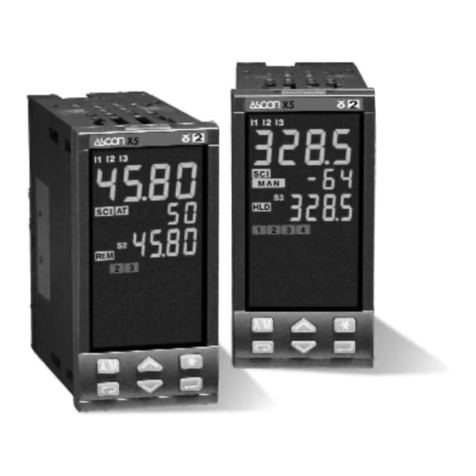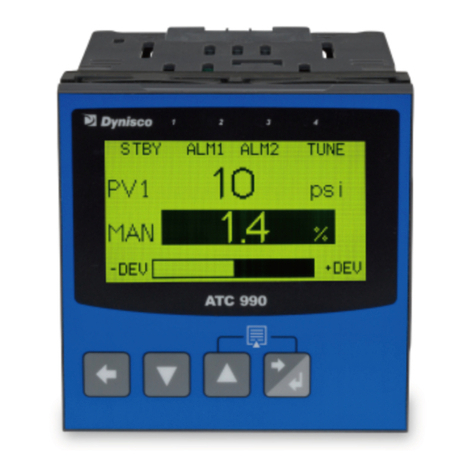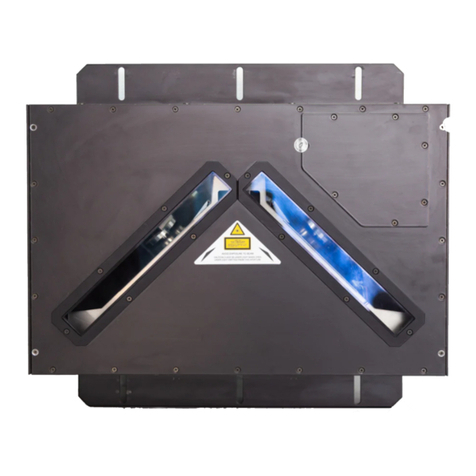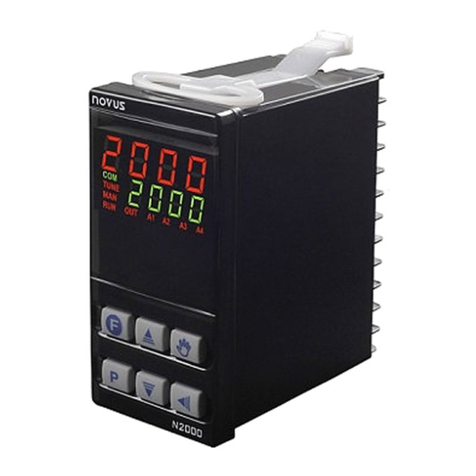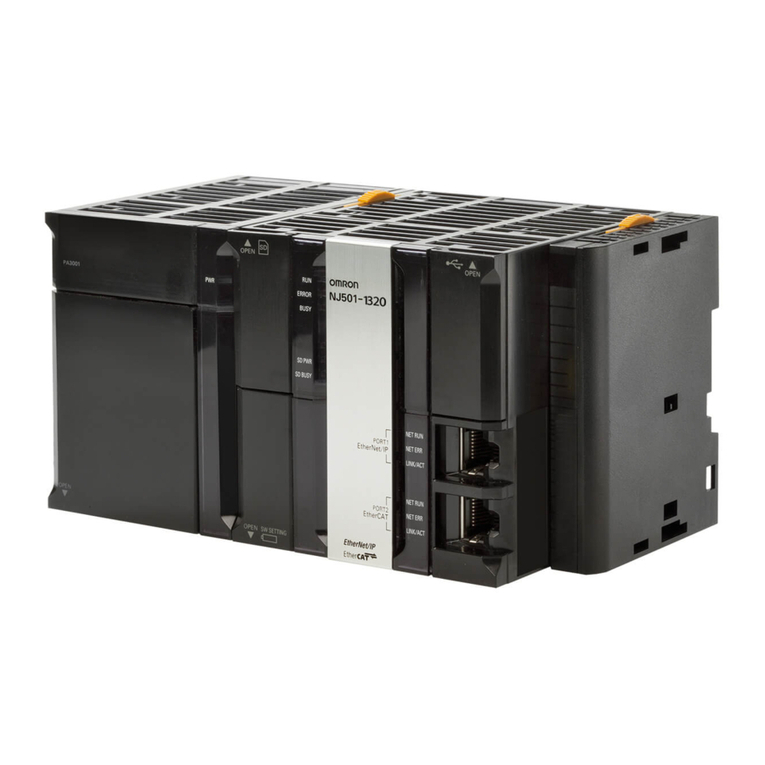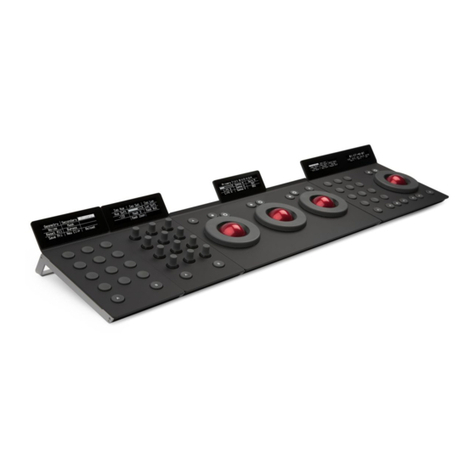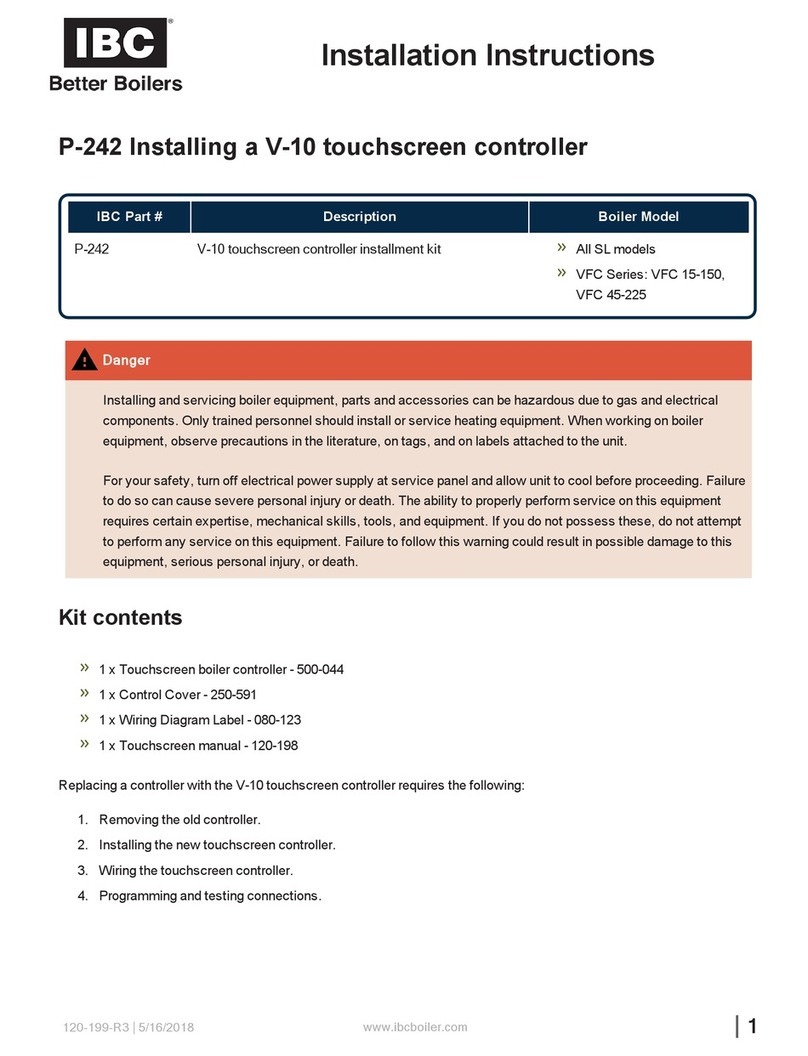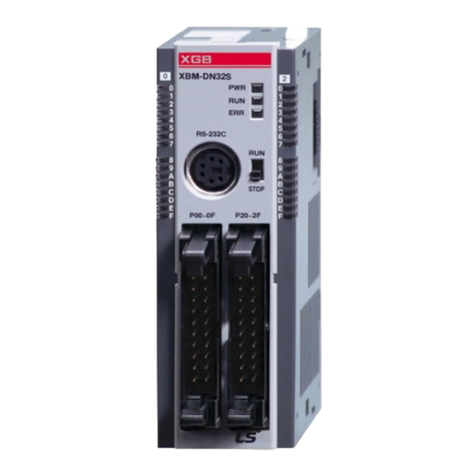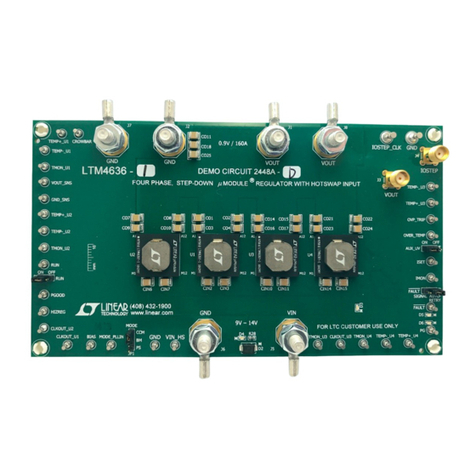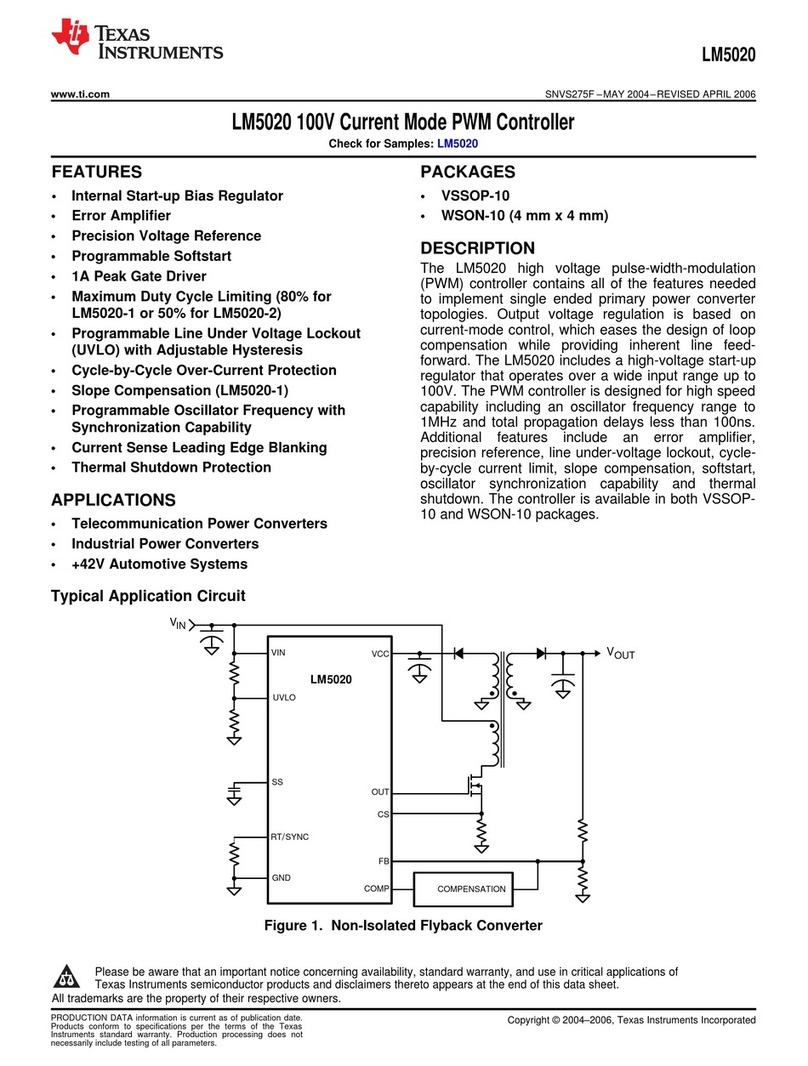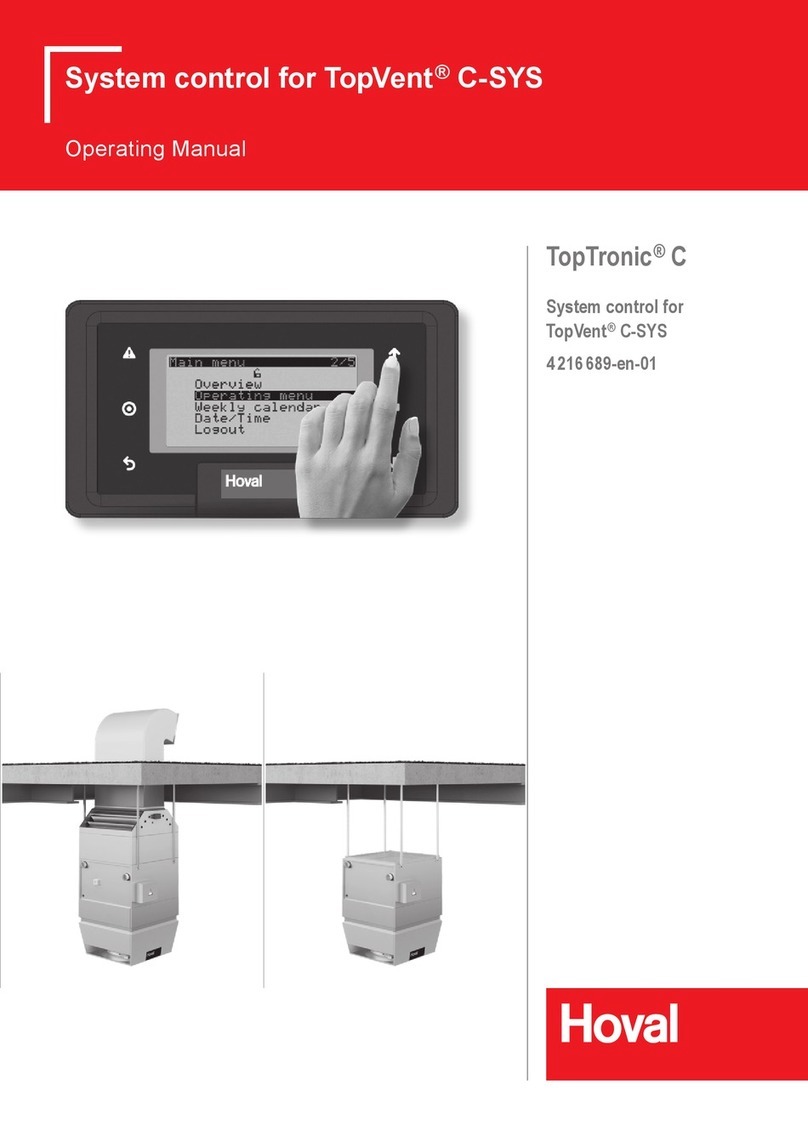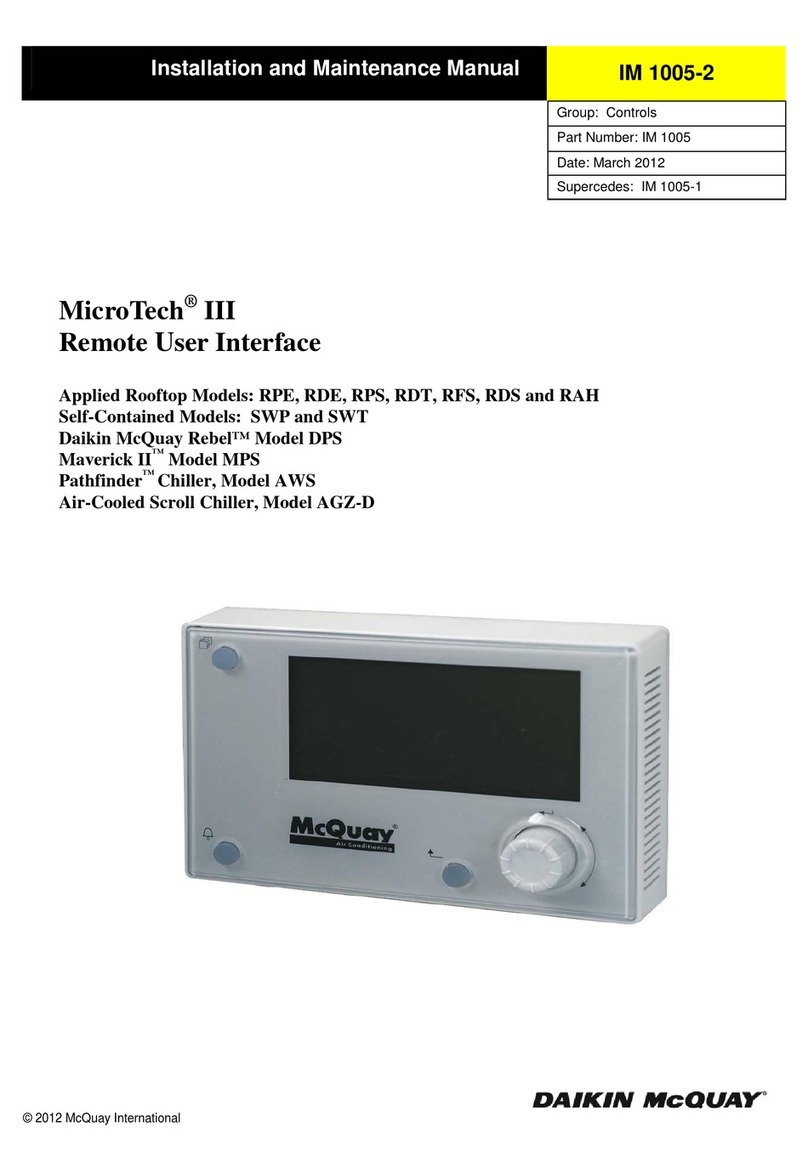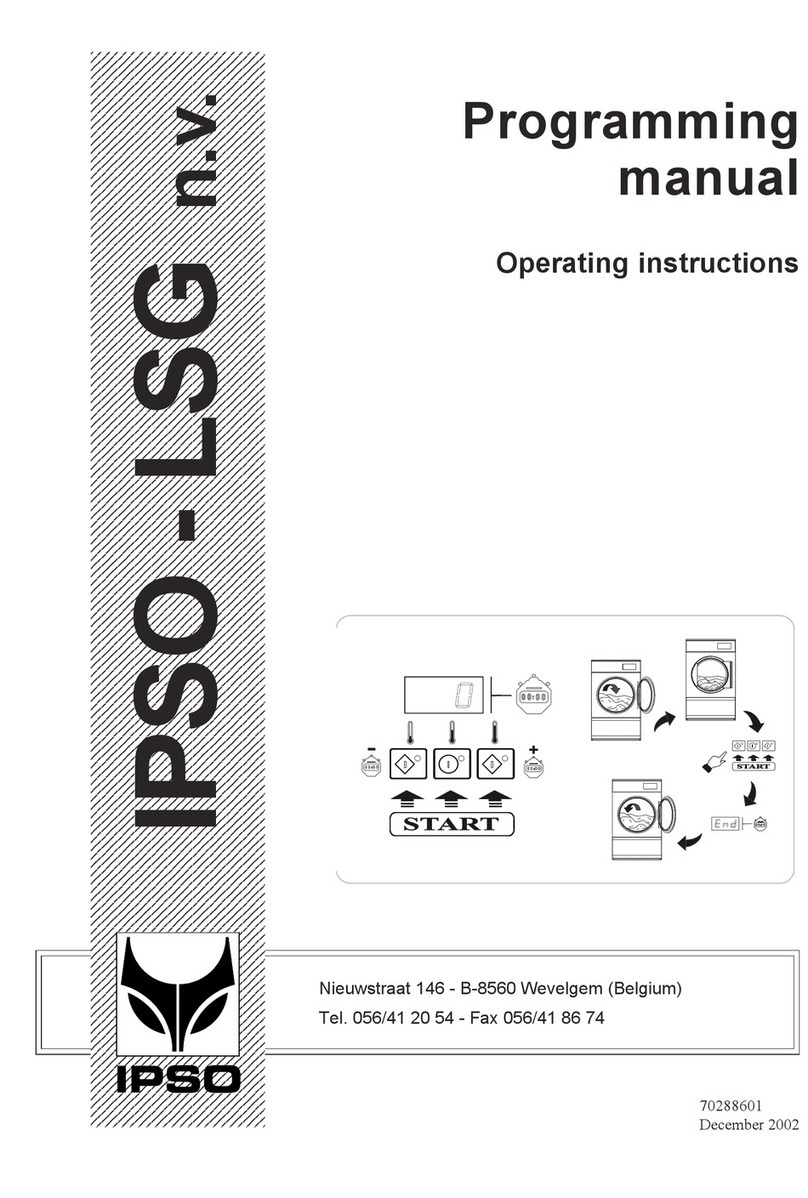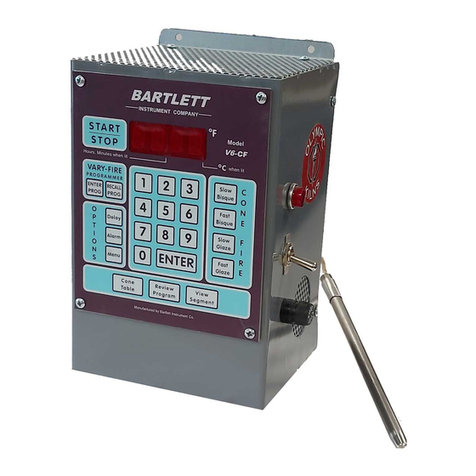
4 MAINTENANCE
4.1 General
Actuators do not require regular maintenance under normal
conditions. Here are some maintenance measures that the
end user can carry out, if necessary. The item numbers in
the text refer to the exploded view and the part list in Section
8, unless stated otherwise.
4.1.1 Exchanging diaphragm at the
springless end
Exchange of rolling diaphragms does not require the ac-
tuator to be removed from the valve. Also, the positioner
can remain attached during the exchange.
WARNING:
Do not dismantle a pressurized actuator!
A diaphragm is exchanged in the following way:
Make sure that the actuator is depressurized.
Remove the stop screw (23) and the locking nut (24).
Remove the end screws (22) by gradually opening
each screw, the cylinder end (2) and the O-ring (20).
Remove the end screw (25) of the gear rod (4). This
releases the following parts: the seal ring (26), the
diaphragm support plate (6), the rolling dia-
phragm (7), and the diaphragm retainer (5).
The diaphragms are supplied as produced (see Figure 15,
Stage 1). The fabric support is situated on the outside of the
diaphragm cup. The rougher fabric side is placed against
the diaphragm retainer, which makes the following pre-
treatment of the diaphragm necessary:
Initially, turn the diaphragm (7) inside out (the fabric side
will now rest against the diaphragm retainer), then turn
the diaphragm edge once more (see Figure 15).
Check and clean the diaphragm retainer (5) and the
diaphragm support plate (6) to remove particles
before the diaphragm is installed.
Place the prepared diaphragm on the diaphragm
retainer (5) as shown in Figure 15, and place the
support plate (6) on the diaphragm.
Place the diaphragm retainer-rolling diaphragm-dia-
phragm support plate-combination on the end of the
gear rod (4), and fix the items with the screw (25) and
thesealring(26).Thescrew(25)istightenedaccording
to the torque data given in Table 3.
Secure the screw using, for example, Loctite 243
screw lock or similar.
Next, the cylinder end cap (2) is attached. Prior to
installation, check the diaphragm seal groove in the
cylinder end, and remove loose particles. Lubricate
the groove with Unisilikon GLK112 or Molykote III
lubricant or similar.
The cylinder end has two air connections, one of
which has been blocked.
Place the O-ring (20) in the air connection groove on
the actuator housing, and place the cylinder end
carefully against the actuator housing.
The seal ring on the edge of the rolling diaphragm (7) must
fit properly into the groove in the cylinder end, Figure 16.
The easiest way to attach the end cap is to initially
place the rolling diaphragm seal ring half-way into
the groove in the end cap, and to slidethe cap slightly
sideways. The seal ring will then stretch slightly and
slide easily into the groove, as the end is simultane-
ously pressed against the housing (1).
Initially, place the end cap in the right position, and
avoidturning it once the seal on therollingdiaphragm
is in the groove.
NOTE:
It is crucial for the function of the rolling diaphragm that
no twist tension remains in the diaphragm.
2
6754
1
20
2526
22 23, 24
Fig. 14. Exchange of membrane
Rubber side
"TOP SIDE"
Rubber side
"TOP SIDE" Rubber side
"TOP SIDE"
Fabric
side
Fabric
side Fabric
side
Fig. 15. Preparation of rolling diaphragm
2.
1.
Fig. 16 Attaching the cylinder end cap
8
















